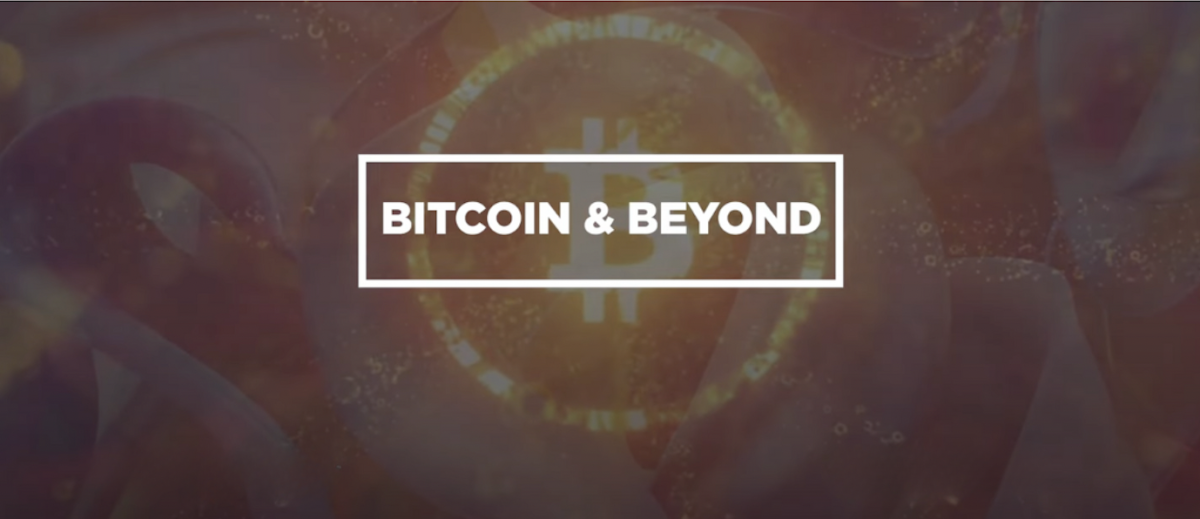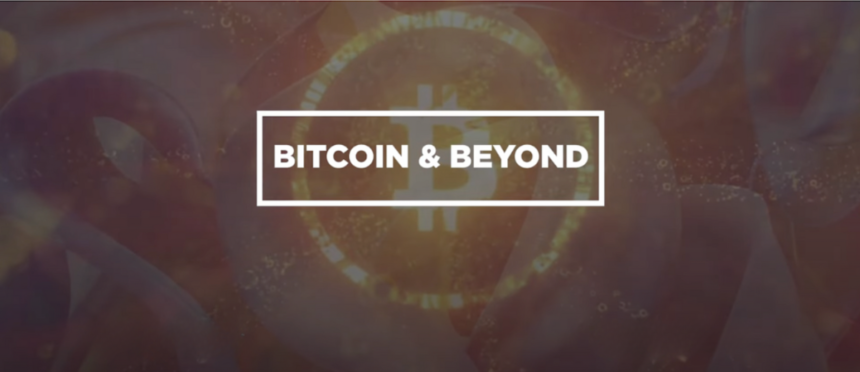
Bitcoin & Beyond roll up It focuses on a new class of builders in the Bitcoin ecosystem, aiming to provide deep technical insights into innovative scaling projects through spaces, panels and interactive presentations.
In an interview with Chase moleculeLet’s dig into the growing demand for a next-generation Virtual Machine (VM) that aims to enhance Bitcoin’s programmability and scalability. Molecule is one of the companies at the forefront of this experimentation. Their attempt to implement the Solana Virtual Machine (SVM) on Bitcoin is a strong signal that developers are also looking at alternatives to the popular Ethereum Virtual Machine (EVM).
High-Performance VM for Bitcoin
Chase emphasized that Molecule’s goal is to leverage the most performant execution environment to benefit Bitcoin users. He believes the Solana Virtual Machine (SVM) offers unparalleled throughput and cost efficiency. “The SVM provides the highest throughput in a highly rigorously tested execution environment,” Chase said, highlighting the VM’s ability to achieve 1,000 transactions per second at just 1 cent per transaction.
The SVM’s architecture is designed for parallel transaction processing, greatly improving scalability and efficiency. At a very basic level, it allows for the simultaneous execution of multiple smart contracts, setting it apart from other VMs that rely on a sequential processing model, such as the EVM. This increases throughput and reduces latency, which is important for applications that require high performance and minimal transaction costs.
A vibrant developer ecosystem
The primary reason Molecule decided to adopt the Solana Virtual Machine (SVM) is the vibrant developer ecosystem and wide adoption of Rust as a programming language: Solana boasts over 3,300 active developers as of the end of 2023. According to Electric CapitalThis strong community is supported by extensive tools and educational resources, resulting in significantly increased developer retention.
Chase also mentioned Solana’s development language, Rust, which has played a key role in SVM’s success. With over 3 million Rust developers worldwide and familiarity with the language, the transition to SVM will be seamless for many developers. This broad developer base and the language’s strong integration within the Web3 ecosystem not only makes SVM superior technically, but it also positions it for broader adoption and innovation.
Molecule’s focus on VMs, which fit developer preferences well and provide a robust, scalable environment, ensures that it is building a foundation that will facilitate the rapid development and deployment of new applications on Bitcoin.
Monolithic vs. Modular Vision
Another focus is the inherent limitations of Bitcoin’s Layer 1, which necessitate a modular approach for greater programmability and scalability. Traditional monolithic blockchains consolidate all core functionality, including execution, data availability, consensus, and settlement, into a single layer. While this design enhances security and decentralization, it also creates significant bottlenecks that limit transaction throughput and flexibility. Bitcoin’s Layer 1 can only process a limited number of transactions per second, limiting its ability to support complex smart contracts and large volumes of transactions.
To address these constraints, Molecule adopts a modular approach and separates these functions into separate layers. This architecture allows specialization and optimization of each layer, greatly improving scalability and efficiency. By leveraging the modular stack, Molecule aims to integrate Solana’s execution layer (SVM) with ZK (zero-knowledge) validation of Bitcoin transactions.
Molecule’s innovative SVM-Rollup stack focuses on enabling ZK validation of transactions via ZKVM (Zero Knowledge Virtual Machine) and posting ZK-snark (concise non-interactive proof of knowledge arguments) to Bitcoin using a challenge-reward mechanism, which ensures safe and efficient finalization of transactions in Bitcoin.
Molecule is exploring different options for this challenge mechanism, potentially using a variant based on BitVM or a future OP_CAT soft fork. BitVM uses a proof-of-challenge system that allows any validator to challenge a transaction during a predefined challenge period to ensure the integrity and accuracy of the asset transfer. Chase explains, “You can verify an asset transfer from Molecule to Bitcoin. There’s a challenge period, and during that period, any validator can come in and say there’s an issue, and go through this challenge mechanism.” This approach blends off-chain computation with on-chain validation, providing a robust and cost-effective solution for maintaining transaction finality and security.
Bitcoin’s New L2 Story
When asked about the Bitcoin community’s attitude towards Layer 2 (L2) solutions, Chase noted a notable shift in attitude towards embracing programmability. Traditionally, many Bitcoin purists have been wary of L2 solutions, fearing they could undermine the security and decentralization of the network. However, recent advancements and the growing demand for more scalable applications are beginning to change this view.
“I think the bitcoin community is definitely asking for programmability in bitcoin, and SVMs are the best solution for that in terms of throughput and cost,” Chase said, emphasizing that the community is becoming more open to L2 innovation.
Molecule’s innovative approach and commitment to integrating a high-performance virtual machine (VM) with Bitcoin represents a transformative step towards increasing Bitcoin’s utility and scalability.
This is a guest post by The Rollup. The opinions expressed here are entirely The Rollup’s own and do not necessarily reflect the opinions of BTC Inc or Bitcoin Magazine.








